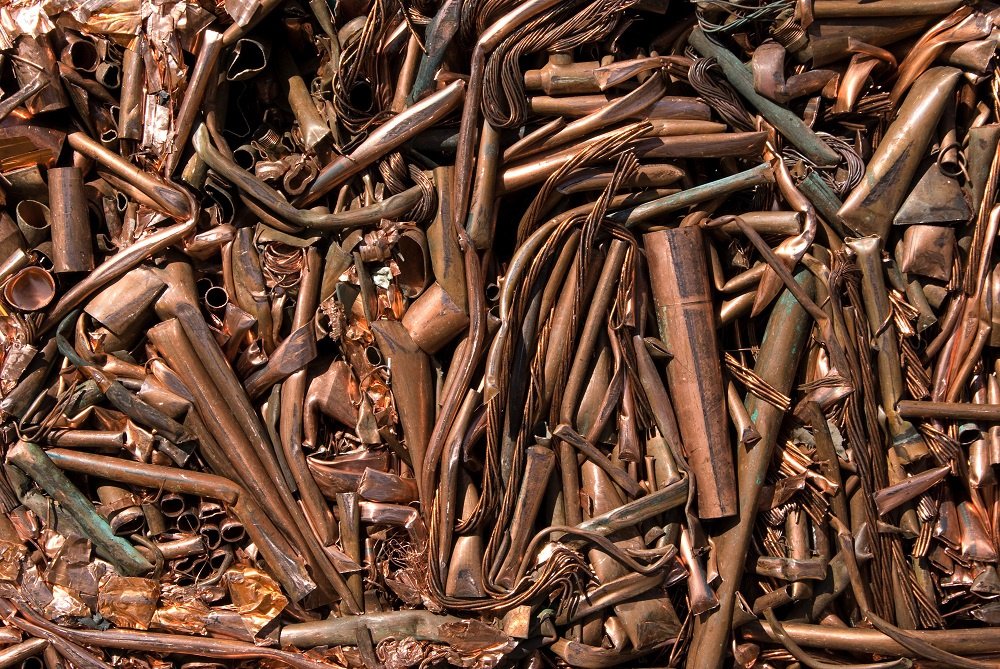Recycling and Regeneration of Waste Copper and Metals
Waste copper and other non-ferrous metals play a crucial role in manufacturing and recycling industries. The recycling processes for these materials have advanced significantly, with methods focused on increasing efficiency and reducing environmental impact. Below, we explore the pretreatment and regeneration processes for waste copper.
Pretreatment of Waste Copper
Before smelting, waste copper must be purified through pretreatment to remove contaminants like mechanical impurities, oils, and coatings. The goal is to obtain cleaner, higher-quality copper, which simplifies the smelting process.
One widely used method for pretreatment is mechanical separation. This involves specialized equipment that separates copper from other materials. For example, a drum-type stripping machine can process wires and cables by cutting them into small segments. The copper is then stripped of its insulation and can be directly used in smelting or for producing copper sulfate.
The low-temperature freezing method involves freezing cables to make the insulation brittle, which is then crushed to separate it from the copper wire. This method is versatile and can handle various wire sizes.
In the chemical stripping method, organic solvents are used to dissolve the insulation, leaving the copper wire behind. This method results in high-purity copper but can be costly and requires careful solvent handling.
Another method, thermal decomposition, burns off the insulation through pyrolysis, leaving copper wire behind. The byproducts of this process, such as chlorine, are treated to minimize environmental impact.
Regeneration of Waste Copper
Once waste copper has been pretreated, it can be regenerated through smelting and refining. There are two main approaches: direct utilization and indirect utilization.
In direct utilization, high-quality copper is directly smelted into refined copper or alloys. In indirect utilization, base metals are removed, and the material is processed into anode plates, which are then subjected to electrolysis to produce pure copper.
Case Study: KESER Smelting Plant (Germany)
The KESER Smelting Plant in Dortmund, Germany, exemplifies efficient copper recycling. The plant uses a combination of two-stage and three-stage processes to reduce energy consumption and increase metal recovery rates. It processes 115,000 tons of electrolytic copper annually and produces various byproducts, such as copper wire ingots and copper sulfate.
At KESER, waste copper is sorted by grade and form for efficient processing. The plant utilizes blast furnaces and convertors to process copper scrap, producing black copper (75-85% purity). This black copper is further refined using oxygen-based oxidation and reduction methods.
The electrolytic refining section at KESER uses titanium anode plates and a stepped anode frame to optimize current efficiency (95-97%) and reduce power consumption (250 kWh per ton of copper).
Why Choose Us?
At Jiuying, we specialize in providing efficient, environmentally-friendly solutions for the recycling and regeneration of non-ferrous metals, particularly copper. With over 10 years of industry experience, we offer customized services tailored to your specific needs.
Contact us today to learn more about how our solutions can help streamline your recycling processes.




